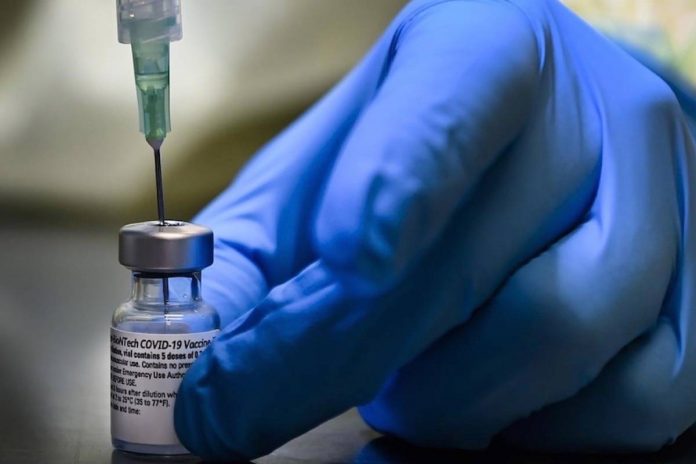Nearly two months after the Ontario government enacted a provincewide stay-at-home order in response to the third wave of COVID-19, it is set to be rescinded on June 2 as health-care indicators continue to show improvement.
However, despite the end of the order, the so-called emergency brake (similar to the grey lockdown restrictions under Ontario’s old colour-coded COVID-19 response framework) imposed on a variety of sectors, including businesses, will remain in place until the province moves into the first phase of the reopening plan, which is on track to happen in mid-June.
It was on April 8 when another stay-at-home order and an emergency declaration was imposed across the province. At the time, officials said the orders were needed to combat rising COVID-19 cases, and curb the increased spread of variants of concern cases as well as strained intensive care unit capacity.
The main reasons for leaving one’s home include shopping at a pharmacy or for groceries, attending health-care services or appointments (including COVID-19 vaccines), going for outdoor exercise, walking pets, going to work if a job can’t be done remotely, or attending child care or school.
Also as part of the orders, the government moved to limit most non-essential retail businesses to curbside pickup only. Big-box stores were restricted to selling essential items only for people shopping in-person and capacity caps were imposed.
More than a week later, officials unveiled additional measures, including increased police powers (which were partially walked back after public outcry), provincial border checkpoints, and outdoor gathering restrictions.
As COVID-19 cases and hospitalizations began to decline in May, many health experts and other stakeholders called on the government to ease restrictions governing outdoor amenities. On May 22, golf courses, tennis courts and other facilities reopened.
In mid-May, the Ontario government revealed its three-phase reopening plan for the entire province.
Phase one (primarily allowing retails and reopening more outdoor settings with restrictions) will begin as soon as 60 per cent of all eligible Ontario residents have received their first of two COVID-19 vaccine doses.
As of May 31, Health Minister Christine Elliott said around 67 per cent of Ontario residents have received their first dose. However, she said hospitalizations, the number of people in ICUs and public health capacity will all be factored in the decision-making process later in June.
“There are a variety of factors that need to be considered, but we are certainly looking at June 14 as being the date when we can move into stage one,” Elliott told reporters on May 31, reiterating a previously issued timeframe.
































